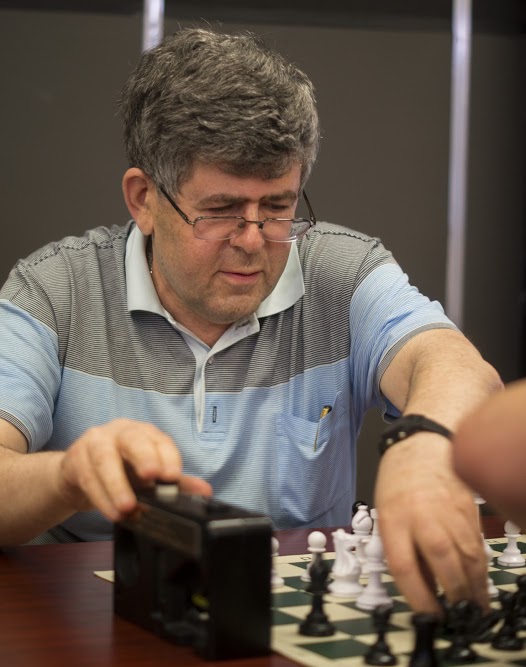Play Like a Computer
The following endgame is chapter ten from the famous book, Dvoretsky’s Analytical Manual.
This is what Dvoretsky has to say about this position:
The complex ending we are about to study is a good one for training play. You may take White and find Black’s replies in the text, or, better still, you may play it against a friend, at a time control of not less than an hour each.
White is a pawn up and if he likess, he can attack either of his opponent’s remaining pawns right away. But Black is not helpless either. Depending on the circumstances, he may either capture the f3-pawn and advance his own f-pawn, or send his king over to c3, in order both to attack the b4-pawn and create threats to the white king which is pinned against the edge of the board.
The first task is to choose from among several possible moves, the one that keeps the best chances of success. We certainly will not be able to calculate it all the way to the end (in fact, we do not even know yet if White has a win). To save time, in such situations chessplayers often operate by the “exclusionary method.”, that is, they throw out all continuations where the opponent has a straightforward path to the draw, and follow the one line where the struggle continues.

